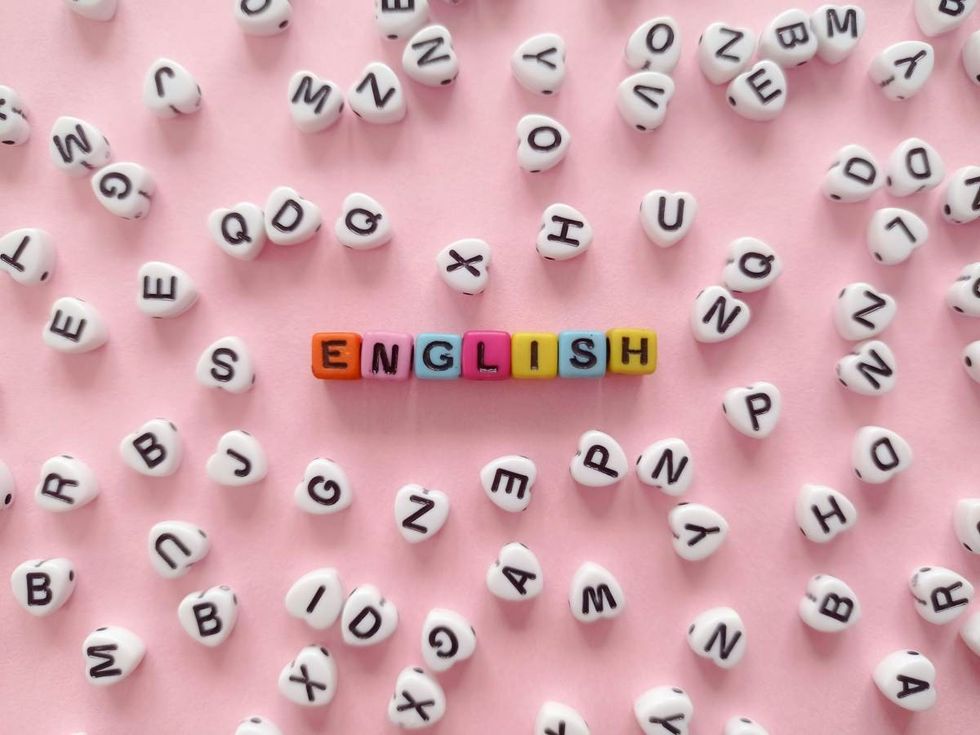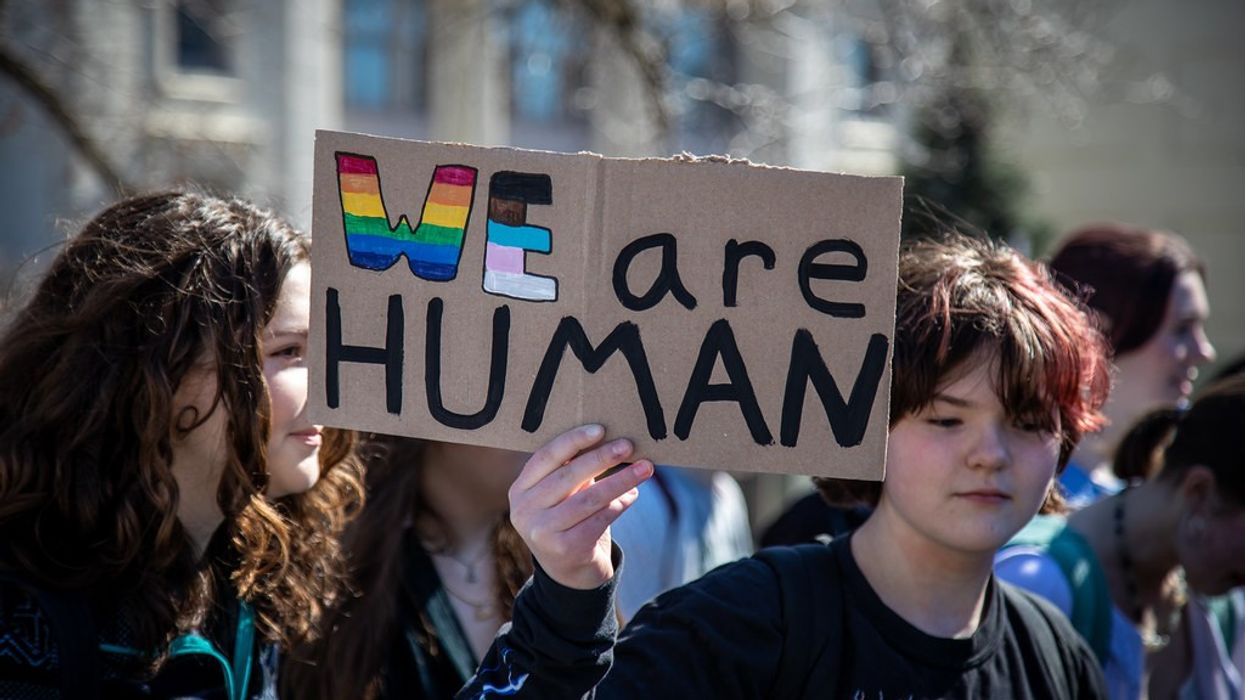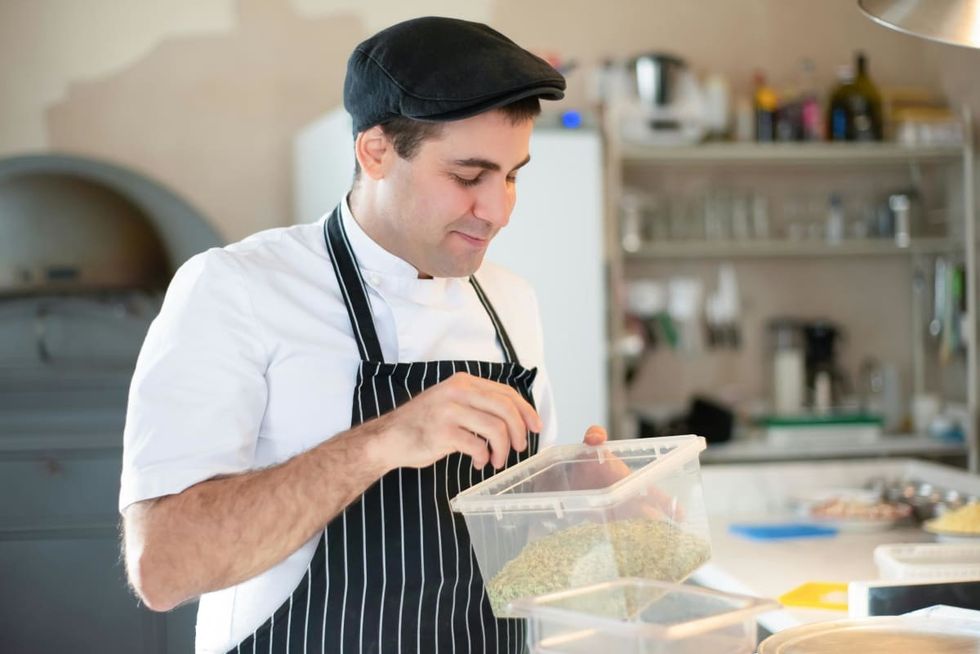Miami, Florida, stands out as one of the most diverse and bilingual cities in the U.S., where only 25% of residents are native English speakers, with the majority speaking languages like Spanish, French, and more. But recently, Miami’s locals have adopted a unique language style that’s capturing researchers’ attention. This new way of speaking, blending English and Spanish influences, is now officially recognized as “Miami English.” Findings on the dialect were recently published in English World-Wide.

For several years, researchers from Florida International University have tracked this emerging dialect in Miami, but only now is it truly flourishing among the city’s residents. Expressions in Miami English sound familiar but with a distinct twist—like saying “She got married with him” instead of “She got married to him.” Or swapping “Get out of the car” with “Get down from the car.” Another common phrase shift: “I waited in line to pay for my groceries” becomes “I made a line to pay for my groceries.” This fresh fusion is one that only Miami could produce.

“All words, dialects, and languages have a history,” Professor Phillip Carter, Director of the Center for Humanities in an Urban Environment at FIU, told IFL Science. “In Miami, there are many ways of speaking English. The variety we have been studying for the past 10 years or so is the main language variety of people born in South Florida in Latinx-majority communities,” he added. “The variety is characterized by some unique but ultimately minor pronunciations, some minor grammatical differences, and word differences, which are influenced by the longstanding presence of Spanish in South Florida.”

According to IFL Science, Miami English involves translating a Spanish phrase into English but keeping the structure of the original phrase, known in linguistics as a calque. Scientific American explains that calques are all around the English language. For instance, when there was no word for the flower “dandelion,” Germans scoured Latin botany books, where it was called dens lionis, or “lion’s tooth.” French people borrowed the concept of “lion’s tooth,” and calqued it “dent de lion.” This is how the English speakers got the word “dandelion.” In Miami, phrases like “bajar del carro” become “get down from the car” instead of the typical American English translation, “get out of the car.” “Tirar una foto,” became “throw a photo” instead of “take a photo.”
“What is remarkable about the calques is that we found they were not only used in the speech of immigrants – folks who are leaning on their first language Spanish as they navigate the acquisition of English – but also among their children, who learned English as their co-first language,” Carter told IFL Science.

However, Miami English should not be confused with Spanglish, as Carter told NBC News. “The way Spanish and English have intertwined in Miami after the arrival of many Cubans half a century ago has gone beyond what some may call ‘Spanglish and evolved into a new English-language dialect entirely.”
This article originally appeared 1 month ago.













 Image Source: Seth Rogen and Lauren Miller Rogen co-host the HFC Austin Brain Health Dinner on September 30, 2023, in Austin, Texas. (Photo by Rick Kern/Getty Images for Hilarity for Charity)
Image Source: Seth Rogen and Lauren Miller Rogen co-host the HFC Austin Brain Health Dinner on September 30, 2023, in Austin, Texas. (Photo by Rick Kern/Getty Images for Hilarity for Charity) Image Source: Seth Rogen and Lauren Miller Rogen attend the 95th Annual Academy Awards on March 12, 2023 in Hollywood, California. (Photo by Arturo Holmes/Getty Images )
Image Source: Seth Rogen and Lauren Miller Rogen attend the 95th Annual Academy Awards on March 12, 2023 in Hollywood, California. (Photo by Arturo Holmes/Getty Images ) Image Source: YouTube |
Image Source: YouTube |  Image Source: YouTube |
Image Source: YouTube | 
 Image Source: In this handout photo provided by the National Science Foundation, the Event Horizon Telescope captures a black hole at the center of galaxy M87 in an image released on April 10, 2019. (National Science Foundation via Getty Images)
Image Source: In this handout photo provided by the National Science Foundation, the Event Horizon Telescope captures a black hole at the center of galaxy M87 in an image released on April 10, 2019. (National Science Foundation via Getty Images)
 Representational Image Source: Pexels I Photo by Nataliya Vaitkevich
Representational Image Source: Pexels I Photo by Nataliya Vaitkevich Representative Image Source: Pexels | Kampus Production
Representative Image Source: Pexels | Kampus Production
 Image Source: Destroyed vehicles lie near the rubble after the earthquake and tsunami devastated the area on March 16, 2011, in Minamisanriku, Japan. The 9.0 magnitude strong earthquake struck offshore on March 11 at 2:46 pm local time, triggering a tsunami wave of up to ten meters which engulfed large parts of north-eastern Japan. (Photo by Chris McGrath/Getty Images)
Image Source: Destroyed vehicles lie near the rubble after the earthquake and tsunami devastated the area on March 16, 2011, in Minamisanriku, Japan. The 9.0 magnitude strong earthquake struck offshore on March 11 at 2:46 pm local time, triggering a tsunami wave of up to ten meters which engulfed large parts of north-eastern Japan. (Photo by Chris McGrath/Getty Images) Representative Image Source: Pexels | Pixabay
Representative Image Source: Pexels | Pixabay Representative Image Source: Pexels | Stuart Pritchards
Representative Image Source: Pexels | Stuart Pritchards
 Image Source: Musician Keith Urban and actress Nicole Kidman arrive at the 2009 American Music Awards at Nokia Theatre L.A. Live on November 22, 2009 in Los Angeles, California. (Photo by Jeffrey Mayer/WireImage)
Image Source: Musician Keith Urban and actress Nicole Kidman arrive at the 2009 American Music Awards at Nokia Theatre L.A. Live on November 22, 2009 in Los Angeles, California. (Photo by Jeffrey Mayer/WireImage) Image Source: Keith Urban and Nicole Kidman attend The 2024 Met Gala on May 06, 2024 in New York City. (Photo by John Shearer/WireImage)
Image Source: Keith Urban and Nicole Kidman attend The 2024 Met Gala on May 06, 2024 in New York City. (Photo by John Shearer/WireImage) Image Source: Musician Keith Urban and actress Nicole Kidman arrive at the Oscars on February 24, 2013 in Hollywood, California. (Photo by Jeff Vespa/WireImage)
Image Source: Musician Keith Urban and actress Nicole Kidman arrive at the Oscars on February 24, 2013 in Hollywood, California. (Photo by Jeff Vespa/WireImage)
 Mount tai top gate (Representative Image Source: Getty Images | www.anotherdayatoffice.org)
Mount tai top gate (Representative Image Source: Getty Images | www.anotherdayatoffice.org) These ancient Chinese Buildings have been here on the side of Mt Tai the Holy mountain for decades and visited by thousands. One of most holy locations in China (Representative Image Source: Getty Images | jmoor7)
These ancient Chinese Buildings have been here on the side of Mt Tai the Holy mountain for decades and visited by thousands. One of most holy locations in China (Representative Image Source: Getty Images | jmoor7) Mount Tai (Mt Taishan) is one of the most famous mountain in China, it is also a UNESCO World Heritage Site. (Representative Image Source: Getty Images | DNeutral Han)
Mount Tai (Mt Taishan) is one of the most famous mountain in China, it is also a UNESCO World Heritage Site. (Representative Image Source: Getty Images | DNeutral Han) A comment about the challenging journey by
A comment about the challenging journey by 
 Image of a mother scolding a toddler in tears. (Image source: Archive Holdings for Getty Images)
Image of a mother scolding a toddler in tears. (Image source: Archive Holdings for Getty Images) Representational image of a baby gasping in bed. (Image source: Marc Romanelli for Getty Images)
Representational image of a baby gasping in bed. (Image source: Marc Romanelli for Getty Images)

 Image Source: YouTube |
Image Source: YouTube |  Image Source: YouTube |
Image Source: YouTube |  Image Source: YouTube |
Image Source: YouTube |